Ethiopian Coffee Bean Story Ethiopian Coffee Bean and Kenyan Coffee Bean Features Story
Professional coffee knowledge exchange more coffee bean information please follow the coffee workshop (Wechat official account cafe_style)
Ethiopia and Kenya, the famous coffee producing countries in Africa, are famous in the boutique coffee industry. the coffee flavor of the two producing areas is mainly citrus fruit flavor, but the difference is that the Ethiopian coffee flavor is bright sour and the taste is clean and refreshing. Kenyan coffee, on the other hand, is full of berry juice, such as tomato juice. In the front street coffee, coffee beans from Africa account for 30-40% of the beans on the shelf. In the past, it was clear that coffee from Africa was very popular in the street.
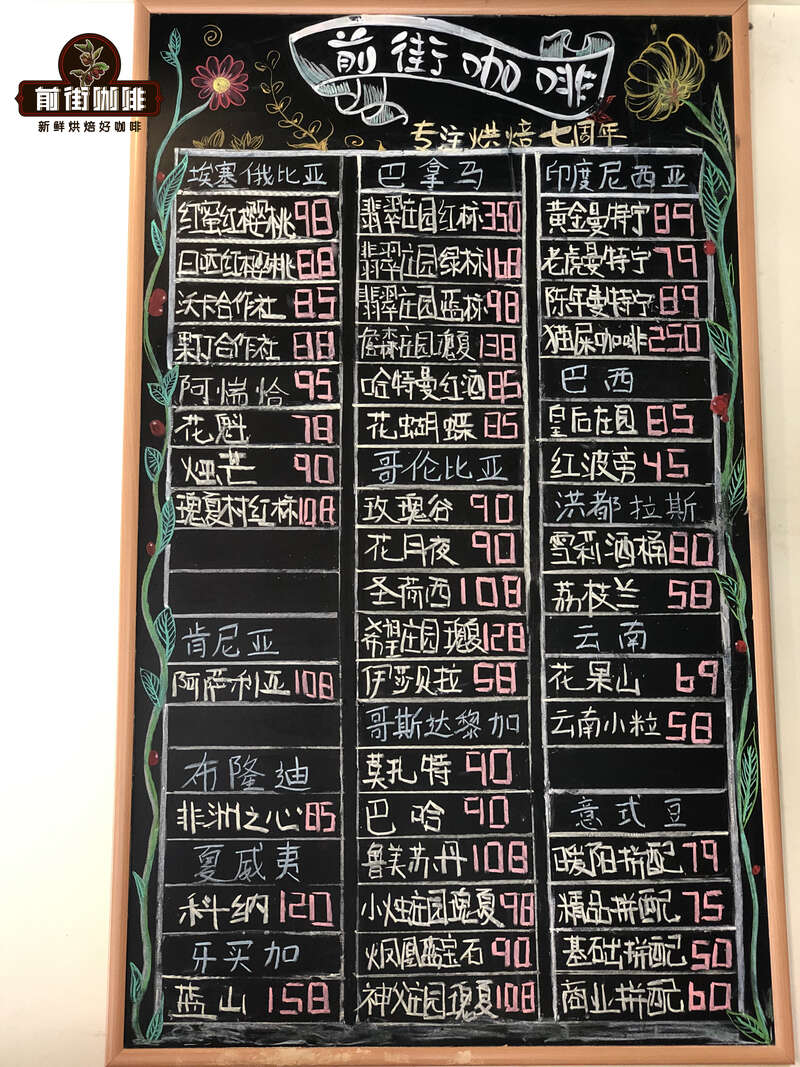
Ethiopian coffee producing area
Ethiopia is located in East Africa. Qianjie Coffee believes that coffee has been integrated into the social structure and cultural economy of Ethiopia for hundreds of years. Coffee is the core of their culture and an important source of income for most people in Ethiopia. The country is also recognized by the world as the birthplace of coffee, highly respected in the boutique coffee market, almost all coffee shops around the world have Ethiopian coffee on the menu, and Qianjie coffee is no exception. Of the nine producing areas in Ethiopia, two large producing areas have become synonymous with Ethiopia, Yegashifi and Sidamo. Qianjie believes that the lightly baked Ethiopian beans have unique sweet aromas of lemon, flowers and honey, soft acidity and citrus flavor, fresh and bright taste, no milk or sugar, so that the rich texture and unique soft floral aroma brush through your taste buds, leaving an endless aftertaste.
Ethiopia mainly has nine major coffee producing areas, which are divided into boutique coffee producing areas and commercial coffee producing areas. The boutique coffee producing areas we are familiar with are Sidamo, Yegashefi, Hara and Lime coffee producing areas. Commercial coffee producing areas are Iruba, Kinby (Lekanti), Tibby, Becca, and Jinma. The most popular areas are Yega Sheffield and Sidamo.
Yirga cheffe is a small town in Ethiopia, 1700-2100 meters above sea level. It is one of the highest coffee producing areas in the world and is synonymous with Ethiopian boutique coffee. Lake Turkana, Lake Abaya and Lake Chamo bring rich water vapor here. The Rift Valley, represented by Misty valley, is foggy all the year round, like spring all the year round, with a gentle breeze, cool and humid, and thousands of coffee trees thrive, giving birth to the unique and unpredictable flavor of Yega Xuefei, which is intertwined with flower and fruit aromas. Qianjie feels that the so-called Yega Chuefei flavor refers to the rich citrus lemon fruit acid, rich jasmine aroma, light and elegant taste, with a sense of tea, and tastes like fresh and clean lemon tea.
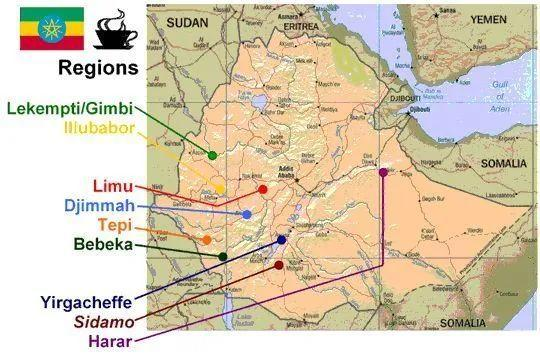
Sidamo (Hidamo) is a province of Ethiopia and the superior administrative unit of the famous Yegashafi. The Cedamo producing area is the southernmost coffee producing area in Ethiopia, with an average elevation of 1400-2000 meters above sea level. The coffee produced is obviously sweet, known as sweet coffee. The front street feels that the sun Sidama taste has a light floral aroma, rich berry acidity and a sense of fermentation, which is smoother than that of washed Sidamo.
Coffee bean planting model in Ethiopia
Coffee cultivation in Ethiopia is mainly in the western and southern region, and coffee cultivation can be divided into four types according to scale and pattern: forest coffee (8-10%, coffee trees and other crops coexist in the primeval forest, unattended), forest-semi-forest coffee (30-35%, coffee tree planting area is between the forest and the scope of farmers' lives, managed by farmers), pastoral coffee (50-55%) Farmers grow their own coffee), plantation coffee (5-6%, large private growers). Among them, the family coffee planting pattern of small farmers accounts for 90% of the total planting pattern.
Ethiopian coffee varieties
The Yega Xuefei coffee variety is a local native species, Heirloom native species, this variety, most Ethiopian varieties will be named after this name, in fact, because Ethiopia has too many varieties, it is like the natural gene bank of Arabica, on the one hand, there are many varieties, and it is difficult to identify and classify them, on the other hand, the Ethiopian government is not willing to disclose the information of these varieties for the sake of protection, so it is collectively called the original species of Heirloom.
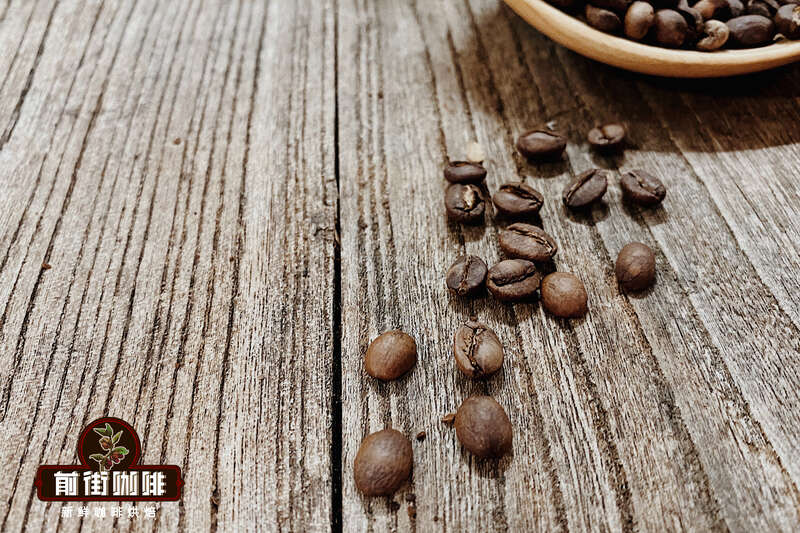
Ethiopian coffee bean treatment
Traditionally, Yega Xuefei uses the oldest sun treatment, but in 1972, Ethiopia introduced Central and South American water washing technology to improve the quality of coffee, which made the jasmine and citrus fragrance clearer and brighter. Qianjie coffee believes that the most essential difference between water washing and tanning. Water washing is the most basic flavor of coffee, which can most directly reflect the special flavor of the producing area. On the other hand, the solarization method will add sweet aroma and fermented feeling to this basic flavor. Because of the introduction of water washing, Yega Xuefei has become the representative of fine coffee in the world. since the 1970s, this area has become the most popular water-washed bean producing area in Ethiopia. However, in the 21st century, the sun technology has gradually improved, and amazing sun beans have been introduced frequently. This is due to Baghi, a coffee trader in Yejasuefei. Because he misses the traditional flavor of sun-dried beans, the sun-drying technology is gradually replaced by water washing, so he improved the treatment of sun-dried beans to improve the flavor and reduce the proportion of defects, and launched three very famous Yejasuefi sun-dried beans, namely, Idido Misty Valley, Beloya and Aricha.
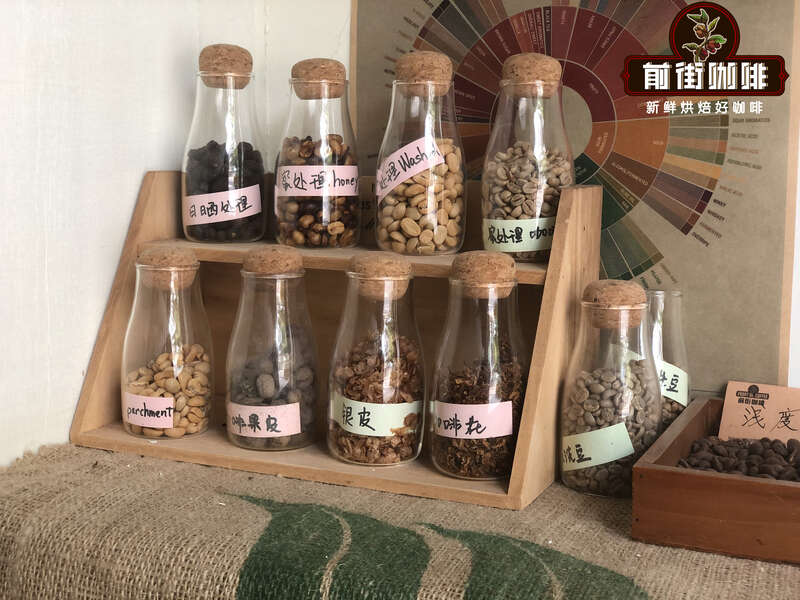
Classification of Ethiopian coffee beans (graded in proportion to defective beans)
Before the emergence of the Ethiopian Commodity Exchange (Ethiopia Commodity Exchange referred to as ECX), Ethiopia's coffee export grade was established by the CLU Department of the Ministry of Agriculture (Cupping and Liquoring Unit), which mainly graded coffee raw beans according to the number of defective beans in 300g, as shown in the table below. General washing treatment is G1-G2, due to the technical problems of sun treatment at that time, the number of defects of raw sun beans is relatively large, generally G3-G5, with the improvement of sun treatment technology, now the sun beans can also reach the G1-G2 level.
Grade
Number of defective beans (per 300g)
Grade1
≤ 3
Grade2
4-12
Grade3
13-25
Grade4
26-45
Grade5
46-90
Among them, boutique and commerce are aimed at the export international market. ECX divides coffee raw beans into nine grades according to the total score of physical attribute characteristics and cup test flavor characteristics, of which the physical feature score accounts for 40% and the cup test mass score accounts for 60%.
Physical characteristics (40%):
Washing treatment: number of defects (20%), appearance size (10%), color (5%), smell (5%)
Non-washing treatment: number of defects (30%), odor (10%)
Grade
Washing / non-washing fraction
Grade1
91-100
Grade2
81-90
Grade3
71-80
Grade4
63-70
Grade5
58-62
Grade6
50-70
Grade7
40-49
Grade8
31-39
Grade9
20-30
Then the G1-G3 was tested again according to the SCAA standard, and its flavor properties were evaluated in more detail, and the G1 and G2 were rated as Q1 for no less than 85, Q2 for G1 and G2 G3 between 80 and 85, and G3 for all G1Magi G2 G3 below 80.
Q1 and Q2 are classified as boutique grade exports. G4-G9 remains unchanged and is classified as commercial grade export together with G3.
Kenyan boutique coffee
Kenya is located in East Africa, bordering Ethiopia. The history of coffee in Kenya is not as old as that of Ethiopia, and coffee was not introduced until the 20th century. When coffee was first introduced to Kenya, Kenya was a British colonial country. In order to earn foreign exchange, the British colonial government widely promoted the cultivation of coffee in Kenya and shipped it to London for export after the beans were harvested. Kenyan coffee beans have wonderful and satisfying aromas, well-balanced acidity, well-proportioned granules and excellent fruit flavors. Qianjie compared the coffee beans of Kenya's neighboring Ethiopia, and found that although both are mainly sour, the feeling is completely different. The acid in Kenya is strong and thick, and the acid in Ethiopia is soft and bright. If you try African coffee beans for the first time, Qianjie suggests that you can try Ethiopian coffee beans first, and then slowly transition to Kenyan coffee beans.
Coffee bean planting model in Kenya
There are two main modes of growing coffee beans in Kenya, namely, large plantations and agricultural cooperatives, which account for 25% and 75% of Kenya's coffee-growing land, respectively. Among them, there are more than 3000 large plantations and 270agricultural cooperatives in Kenya, which are composed of 700000 small farmers growing coffee.
Kenyan coffee producing area
The coffee producing areas of Kenya are mainly distributed in the central and western regions, including Kiambu, Nyeri, Kirinyaga, Muranga, Embu, Machakos, Ruiri, Thika in the central region, Kisii in the western region and Mt in the western region. Bungoma district of Elgon).
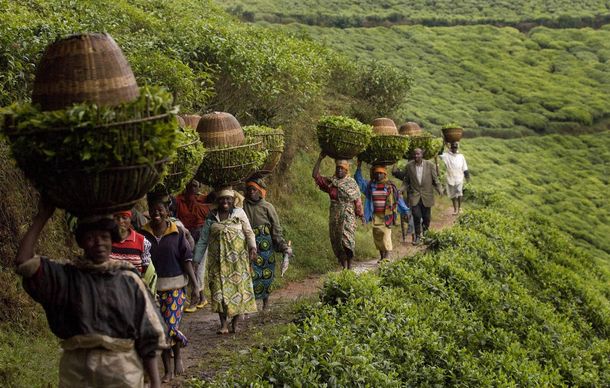
Kenyan coffee varieties
In Kenya, the common varieties of coffee are SL28, SL34 and Ruiru11. In 1922, the Scott Agricultural Laboratory (Scott Labs) was established in Kenya to engage in coffee cultivation research. More than 10 years after its establishment, the laboratory selected SL28 and SL34 from 42 kinds of coffee, which provided a good start for the development of coffee industry. SL28 and SL34 are selected varieties after many times of cultivation. SL28 belongs to the bourbon gene group, with the original bourbon bright tonality and rich acid. The lineage of SL34 is closer to the gene of iron pickup, and its acid quality is milder than that of SL28. SL28 and SL34 currently account for 90% of Kenya's production, and South America is also actively introducing SL28 as a planting variety.
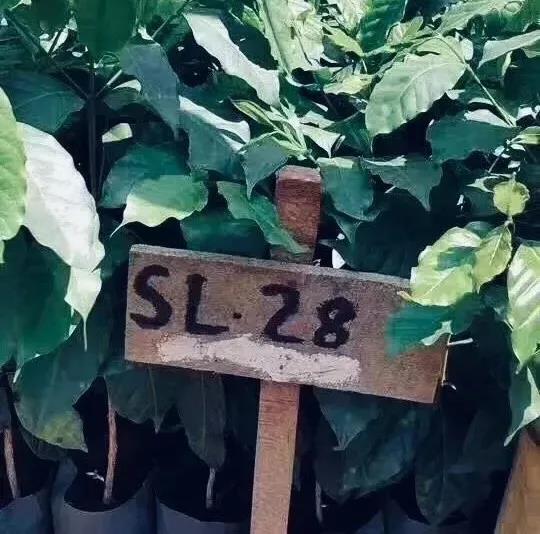
The birth of Ruiru11 is due to the global outbreak of rust. At that time, many Arabica species suffered from diseases. In order not to reduce the yield of coffee, a hybrid variety Ruiru11 was developed, which had excellent disease resistance, but its flavor quality was far inferior to that of SL28 and SL34.
Kenyan coffee bean treatment
Niya 72-hour treatment, also known as K72 for short. Select the mature degree of coffee fruit sweetness 21 to harvest, select the best fruit for peeling, soak in the flume for 24 hours, use clean river water in the tank, wash after 24 hours, soak in clean river water for 24 hours, rinse, re-ferment, repeat 3 times, the total fermentation time is 72 hours, the longest time of ordinary water washing fermentation is 36 hours, this repeated treatment after fermentation. Kenyan coffee beans have a strong sense of acidity and fineness. The time required for the fermentation process is related to many factors, the hotter the environment, the faster the fermentation, but after a period of fermentation, most of the pectin is removed by washing, and then put down the clean pool for secondary fermentation. It is worth noting that circulating water needs to be changed every few hours during fermentation to prevent coffee beans.
Smelly.
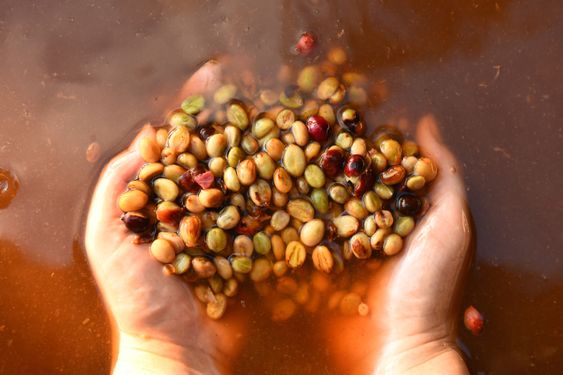
Grading of Kenyan coffee beans (graded by particle size)
Kenyan coffee grading is mainly based on the size of coffee particles, usually divided into eight grades. There are many countries classified by the size of raw beans, such as Tanzania, Rwanda, Colombia, Jamaica and so on.
E (elephant bean): the "E" here stands for Elephant, that is, "elephant", but it is not the elephant bean in the coffee bean variety (Maragogype). It is a kind of bean whose two seeds are intertwined with each other because of abnormal development, forming a "seemingly one" bean, which can be regarded as a flaw. Generally speaking, there are two seeds in a fruit, affixed face to face, so there will be a flat side, called flat beans, mother beans. E-grade beans are beans in which two seeds stick together and become super-large in the process of growth. aah! aah! The size of E-grade bean particles is more than 18 mesh (1 mesh is 1 to 64 inches), and the number is rare.
AA: the size of this grade is about 17018 items (about 6.7~7.1mm), which is the Kenyan coffee grade that most people often hear. In boutique coffee, this grade is usually called AA TOP, and it is also a bean that most coffee shops will sell. But AA does not represent the best, it is just that the size of beans should not be confused with flavor.
C: the particle size falls between 14015 mesh (about 5.6~6.0mm), which is smaller than that of B grade.
PB: the full name is Peaberry, also known as small round beans, can also be called public beans. Compared with ordinary flat beans, it accounts for about 10% of all coffee beans, mainly because there is only one seed in the fruit to get small and round beans. Some people will particularly like the flavor of PB, so they will pick out the PB and sell it. Many people think that PB beans are rare, but in fact, PB beans can be regarded as defective beans.
TT: these coffee beans are light beans selected from AA and AB beans by air sorter. They are usually light in weight and substandard in hardness, as well as broken and defective beans.
T: lighter beans, broken beans, and even broken fragments of beans selected from C-grade beans.
MH/ML: this kind of coffee beans will not be exported. They are usually coffee beans that are overripe and fall to the ground. They are of poor quality, accounting for about 7% of all coffee beans, only for the Kenyan domestic market.
AB: most coffee beans are in this category. The main reason why they are called AB is that A with a mesh size of 6.80 mm,B is 6.20mm, and these two sizes of coffee beans (An and B) are sold together, so they are called AB, with a size of about 15 million 16 mesh (about 6.0~6.4mm).
Qianjie is the representative of coffee beans in Ethiopia and Kenya: Cochelle Ethiopia-Asalia coffee beans in Kenya.
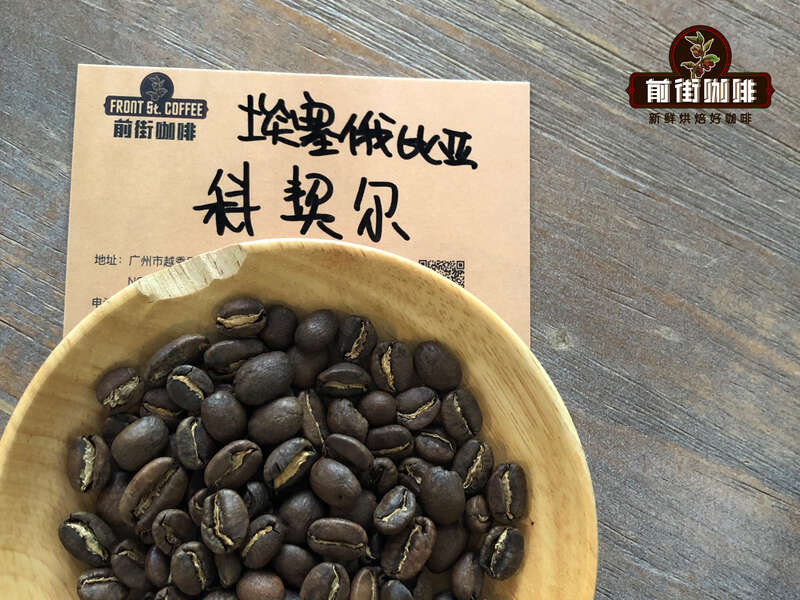
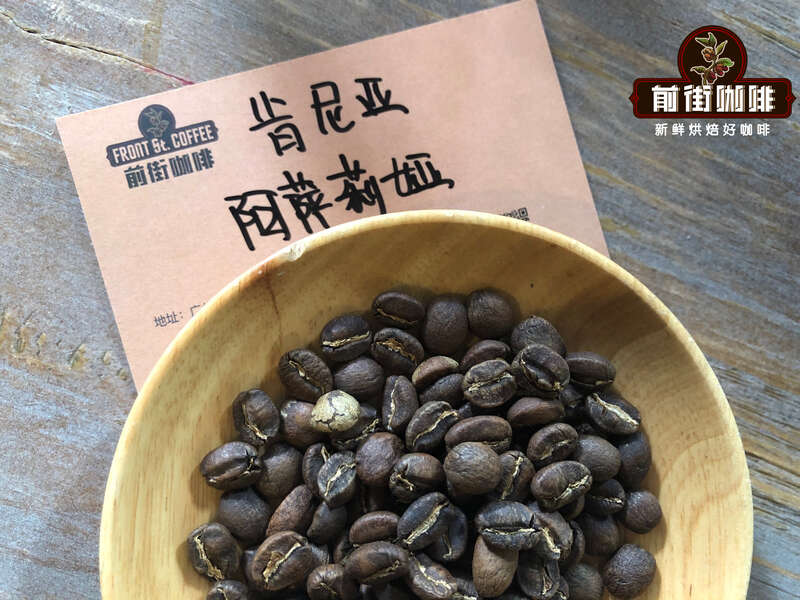
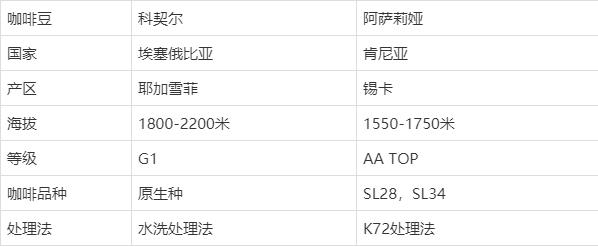
Suggestion on coffee baking in Qianjie
The most iconic flavor of Yejiachefi coffee is its delicate acidity and rich floral and fruity aromas. in order to maximize this flavor, Qianjie Coffee believes that light roasting is the most appropriate. Whether sun-treated or water-washed Yegashifi coffee beans can maximize their special flavor under light roasting. However, there are also moderately roasted coffee on the market, which slightly weakens its acidity in taste and enhances its mellow thickness. It depends on personal preference to choose. In the mainstream, it is mainly light roasted coffee. When roasting Kenyan beans, Qianjie Coffee uses light roasting to highlight its bright acidity and tomato juice-like taste.
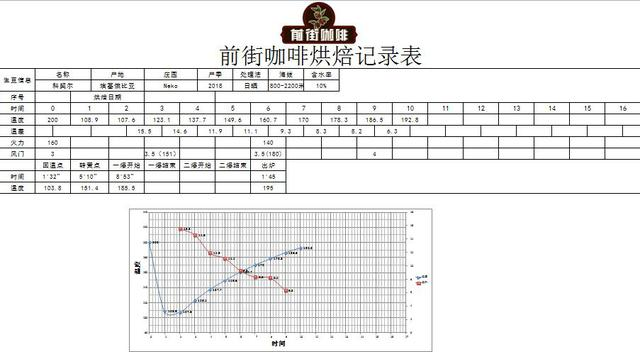
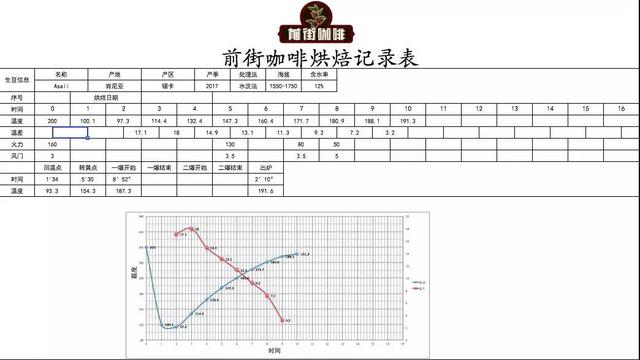
Suggestion on brewing coffee in Qianjie
The hand-brewing parameters of Qianjie coffee are as follows: Hario V60, water temperature 90 ℃, powder-water ratio 1:15, grindness BG#6S (Chinese standard No. 20 sieve pass rate 80%).
In terms of brewing techniques, Qianjie coffee uses twice as much steaming water as coffee powder, that is, 30g water for 30 seconds. When the small flow is injected around the circle to 125g, it is divided into sections, when the water level is about to be exposed to the powder bed, continue to inject water to 225g to stop the water injection, remove the filter cup when the water level is about to be exposed to the powder bed, and the extraction time is 2 minutes.
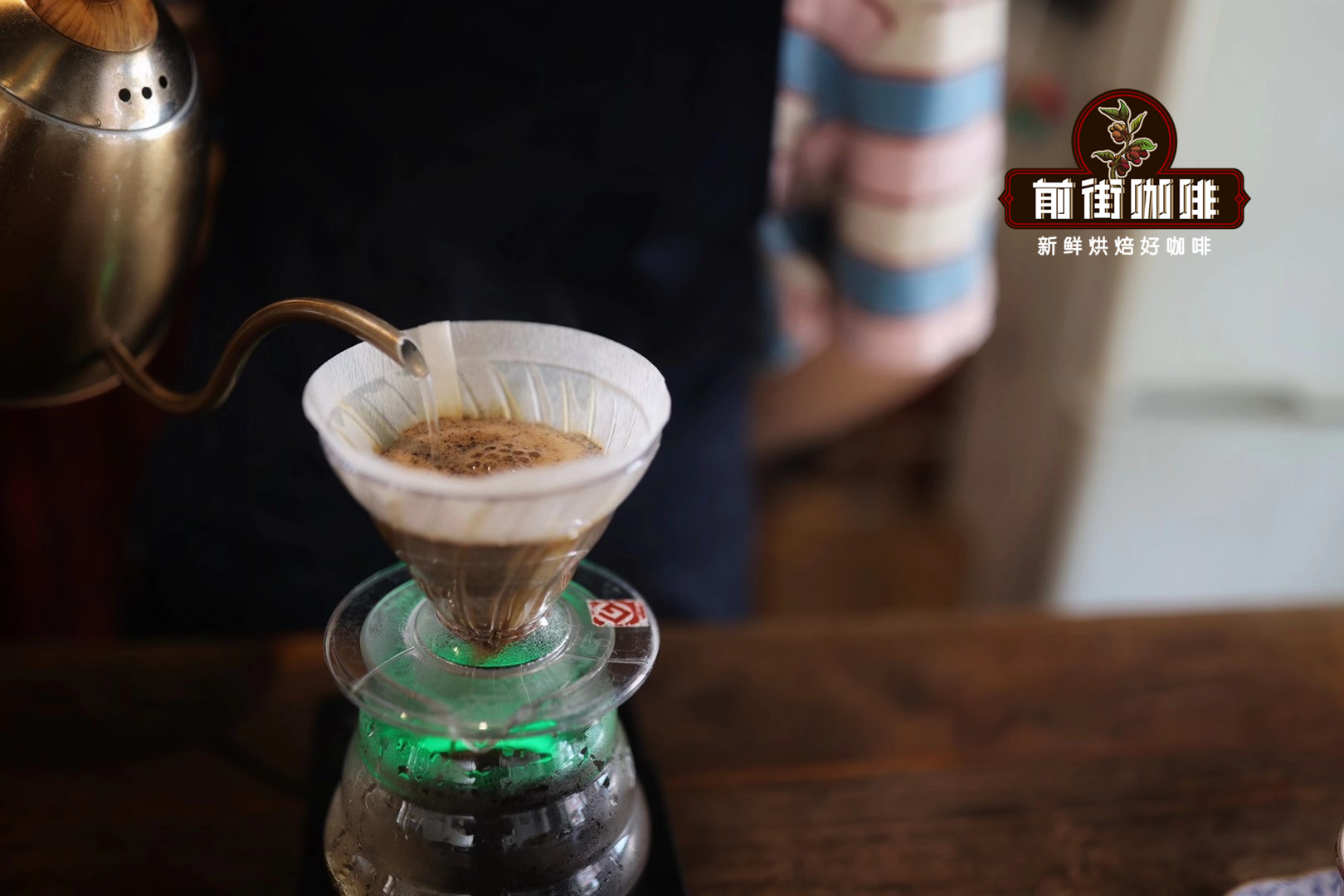
Description of cooking flavor
Ethiopian Yega Ficochel Coffee: berry aromas, fresh lemon and citrus acidity, creamy smooth taste, red tea finish and light nuts.
Kenya Asalia Coffee: Virgin fruit, berry aroma, obvious acidity in the mouth, a sense of juice, outstanding sweetness in the middle and a sense of tea in the aftertaste.
The acidity of this coffee bean in Ethiopia is more reflected in the acidity of citrus berries, which is more refreshing, while the coffee bean in Kenya has obvious tomato acid, which is stronger than that in Ethiopia.
For more boutique coffee beans, please add private Qianjie coffee on Wechat. WeChat account: kaixinguoguo0925
Important Notice :
前街咖啡 FrontStreet Coffee has moved to new addredd:
FrontStreet Coffee Address: 315,Donghua East Road,GuangZhou
Tel:020 38364473
- Prev

The growth environment requirements of Ethiopian coffee beans and the shape of coffee beans are long beans and small round beans.
Professional coffee knowledge exchange more coffee bean information please follow the coffee workshop (Wechat official account cafe_style) Ethiopia's Yirgacheffe coffee is petite, but it is gentle and delicate, sweet and lovely. As the hometown of coffee, thousands of years of planting history and processing tradition in Ethiopia have created high-quality washed Arabica beans. Shallow baking
- Next
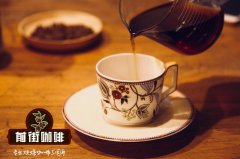
How do African Kenyan coffee beans bake African Kenyan coffee roasting curve sharing
Professional coffee knowledge exchange more coffee bean information please follow the coffee workshop (Wechat official account cafe_style) Kenya coffee bean baking plan is as follows: a, Kenyan beans are generally above 1600 meters above sea level, high altitude and hard beans, the initial thermal conductivity is relatively low, so need
Related
- Detailed explanation of Jadeite planting Land in Panamanian Jadeite Manor introduction to the grading system of Jadeite competitive bidding, Red bid, Green bid and Rose Summer
- Story of Coffee planting in Brenka region of Costa Rica Stonehenge Manor anaerobic heavy honey treatment of flavor mouth
- What's on the barrel of Blue Mountain Coffee beans?
- Can American coffee also pull flowers? How to use hot American style to pull out a good-looking pattern?
- Can you make a cold extract with coffee beans? What is the right proportion for cold-extracted coffee formula?
- Indonesian PWN Gold Mandrine Coffee Origin Features Flavor How to Chong? Mandolin coffee is American.
- A brief introduction to the flavor characteristics of Brazilian yellow bourbon coffee beans
- What is the effect of different water quality on the flavor of cold-extracted coffee? What kind of water is best for brewing coffee?
- Why do you think of Rose Summer whenever you mention Panamanian coffee?
- Introduction to the characteristics of authentic blue mountain coffee bean producing areas? What is the CIB Coffee Authority in Jamaica?

